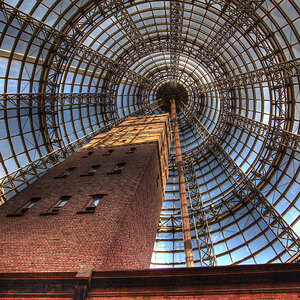invisible
Been spending a lot of time on here!
- Joined
- Mar 10, 2007
- Messages
- 5,213
- Reaction score
- 983
- Location
- Canada
- Website
- www.federicobuchbinder.com
- Can others edit my Photos
- Photos NOT OK to edit
Disclaimer: I found this info on the internet when specifically looking for a way to fix hot pixels in Nikon cameras. Since some Nikons share sensors with Sonys, the tricks might work with them as well... or not. That being said, I can't think of a reason why the tricks should work with certain brands and not with others.
Trick #1:
"This worked for me on a D300 that had 3 hot pixels. I set the menu to give me immediate access to the sensor cleaning, than placed the camera in BULB mode, pushed down the shutter for at least 20 seconds, then as soon as I released the shutter immediately went into sensor cleaning mode twice in a row. Strangely enough this mapped out the dead pixels....they were flat gone and not seen again. It's worth a try."
Trick #2 (this is the one that worked for me with both a D300 and a D700):
"I had two hot pixels on my D300 last week. I did a sensor clean. Then set the camera to 6400 iso and with the lens cap on took three 10sec exposure photos. The hot pixels disappeared!!! Much quicker and cheaper option than sending back to Nikon."
Not all of my hot pixels disappeared, but the vast majority did.
Hope this can stop someone from jumping off a cliff.
Source (where you can read about people's results): D700 Hot Pixels? Help! - FM Forums
Trick #1:
"This worked for me on a D300 that had 3 hot pixels. I set the menu to give me immediate access to the sensor cleaning, than placed the camera in BULB mode, pushed down the shutter for at least 20 seconds, then as soon as I released the shutter immediately went into sensor cleaning mode twice in a row. Strangely enough this mapped out the dead pixels....they were flat gone and not seen again. It's worth a try."
Trick #2 (this is the one that worked for me with both a D300 and a D700):
"I had two hot pixels on my D300 last week. I did a sensor clean. Then set the camera to 6400 iso and with the lens cap on took three 10sec exposure photos. The hot pixels disappeared!!! Much quicker and cheaper option than sending back to Nikon."
Not all of my hot pixels disappeared, but the vast majority did.
Hope this can stop someone from jumping off a cliff.
Source (where you can read about people's results): D700 Hot Pixels? Help! - FM Forums




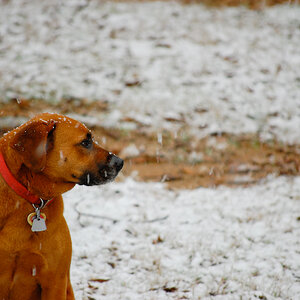

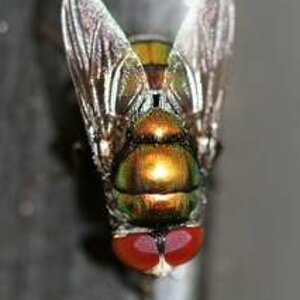
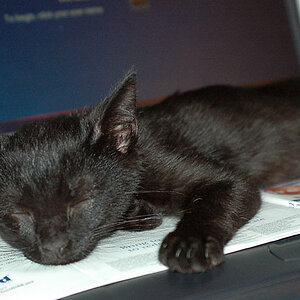
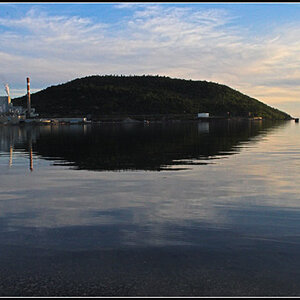
![[No title]](/data/xfmg/thumbnail/36/36675-f6965e1e6c1fa2be4ff0460e9657fe99.jpg?1619737676)
![[No title]](/data/xfmg/thumbnail/41/41797-ed370d68dae70f5b0a7252ec2d525912.jpg?1619739896)
![[No title]](/data/xfmg/thumbnail/41/41798-aacfc8368463d919cba743fe318706b6.jpg?1619739897)

